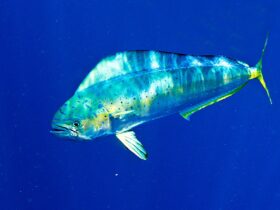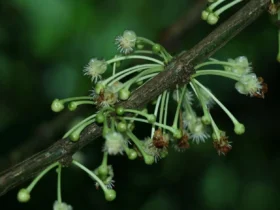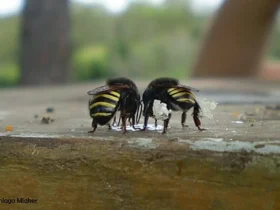Nature has always been full of mysteries and wonders, and one such enigma is the immortal jellyfish, scientifically known as Turritopsis dohrnii. Despite its delicate appearance, this remarkable creature possesses a unique ability to revert its cells back to their earliest form, effectively restarting its life cycle. This ability has earned it the title of “immortal jellyfish” and has captivated the attention of scientists and nature enthusiasts alike. In this article, we will delve into the fascinating world of the immortal jellyfish and explore the implications of its extraordinary regenerative abilities.
Discovery and Characteristics
The discovery of the immortal jellyfish occurred in the 1980s when Dr. Christian Sommer observed a tiny jellyfish displaying an unusual behavior in the Mediterranean Sea. Dr. Sommer realized that this creature was not going through the natural aging process like other organisms. Instead, it had the ability to revert its mature cells into a younger state, a process known as transdifferentiation. This rejuvenated jellyfish would then continue its life cycle from the polyp stage, effectively resetting the aging clock.
Life Cycle and Immortality
The life cycle of the immortal jellyfish begins as a tiny larva that attaches itself to a substrate, such as a rock or a piece of coral, and transforms into a polyp. The polyp then reproduces asexually, creating a colony of genetically identical jellyfish. When conditions become unfavorable, such as scarcity of food or environmental stress, the polyp undergoes a remarkable transformation.
During a process known as “cellular transdifferentiation,” the immortal jellyfish converts its mature cells back into immature cells, which can then develop into any type of cell in the body. This transformation enables the jellyfish to essentially rewind its life cycle, reverting to a juvenile polyp stage. From there, it can start its life cycle anew, growing into a medusa (the adult jellyfish stage) once again. This unique ability allows the immortal jellyfish to theoretically evade death and achieve biological immortality.
Significance and Implications
The immortality of the Turritopsis dohrnii has generated considerable interest among scientists, who see it as a potential key to unlocking the secrets of aging and regenerative medicine. By understanding the cellular processes and genetic mechanisms behind the jellyfish’s immortality, scientists hope to apply this knowledge to human biology and medicine. The ability to regenerate cells and tissues could revolutionize fields such as organ transplantation, wound healing, and even the treatment of age-related diseases.
Additionally, studying the immortal jellyfish may shed light on the evolutionary origins of aging and the potential for longevity in other organisms. While humans and jellyfish are vastly different, uncovering the genetic pathways responsible for the jellyfish’s regenerative abilities may provide insights into the mechanisms of aging in more complex organisms.
Conservation and Environmental Impact
The Turritopsis dohrnii, despite its incredible abilities, is not immune to environmental threats. Like many marine organisms, the immortal jellyfish faces challenges from pollution, habitat destruction, and climate change. These factors can disrupt their delicate life cycle and pose a risk to their populations. Understanding the biology and ecology of these jellyfish is crucial for their conservation and ensuring the sustainability of marine ecosystems.







